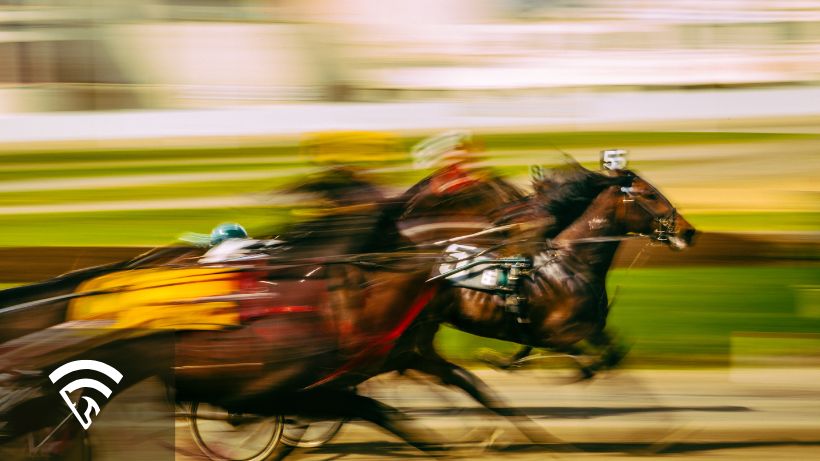What is Early Speed vs. Late Speed?
Early speed and late speed refer to how horses distribute their energy during a race. Early speed describes how quickly a horse runs in the opening stages, while late speed focuses on how strongly a horse finishes in the final stretch.
Understanding the difference between the two helps you analyze race shape, predict which horses are suited to today's setup, and identify potential advantages or disadvantages before the race even starts.
What is Early Speed?
A horse with early speed typically breaks quickly from the gate and tries to get to the front within the first quarter or half-mile. These horses often lead the field or sit just off the pace.
Traits of early speed types:
- Strong gate break
- Willingness to press the pace
- Ability to control the tempo
- Most effective in shorter races or when left alone up front
Early speed is a huge asset in sprint races, especially when the horse can establish the lead without being pressured.
What is Late Speed?
Late speed, also called finishing kick or closing ability, refers to how much energy a horse has left for the final stages of the race. These horses tend to settle back early and try to make one strong move in the stretch.
Traits of late speed types:
- Settle near the back or midpack
- Conserve energy early
- Rely on timing and race flow to make their move
- Most effective when the early pace is fast and tiring
Closers can be dangerous in races with multiple front-runners likely to tire each other out.
Why the Difference Matters
Early speed and late speed are key elements of race dynamics. A horse with early speed may dominate if there’s little pace pressure. But if several speed horses go out fast, they may set up the race for a horse with strong late speed.
Understanding which horses bring which style helps you:
- Predict pace scenarios
- Identify vulnerable favorites
- Spot value on horses with a setup advantage
- Choose the right horses in multi-race wagers
Many successful handicappers study early and late pace figures together to find mismatches the public may overlook.
Final Thoughts
Early speed vs. late speed isn’t about which is better, it’s about which fits today’s race. By studying the matchup of running styles, you can better understand how a race might unfold and where the value may lie.
To compare race outcomes and see how different pace setups play out, visit the Race Results page and explore how horses perform under various pace scenarios.
